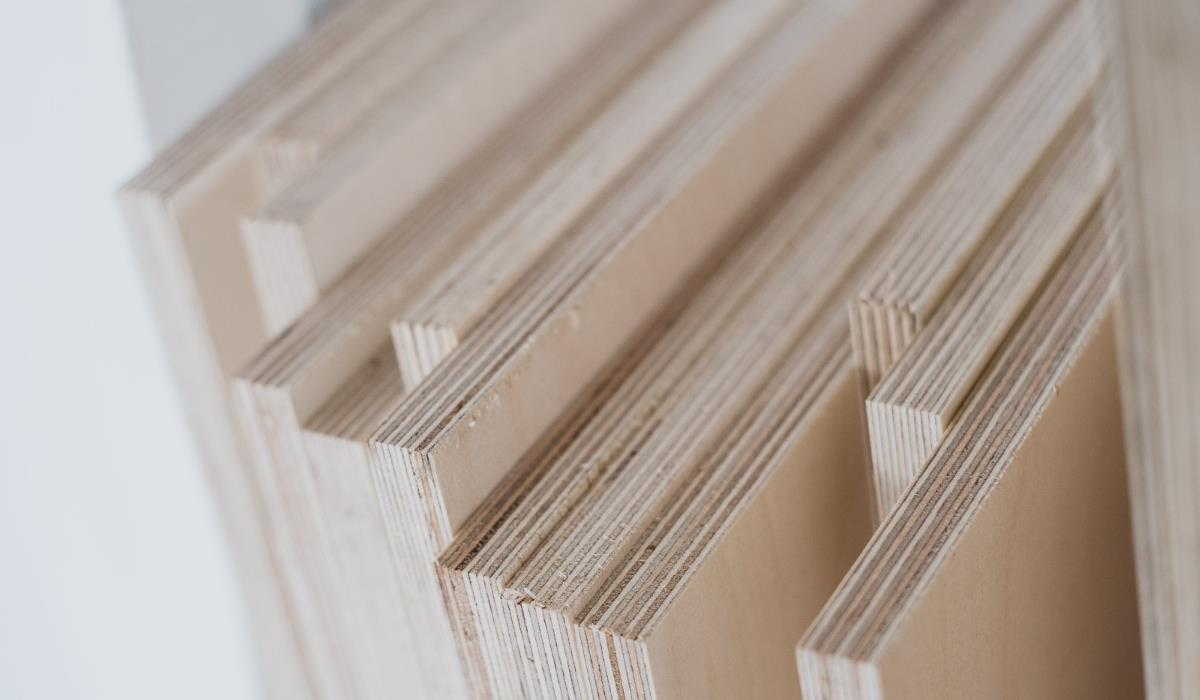If you want to learn how to paint MDF, we have the answer for you. Follow this practical step-by-step guide to get the perfect finish. Knowing how to paint MDF can be very useful. MDF (Medium Density Fiber) is an inexpensive and versatile material that is commonly used in many homes. However, to get the best effect and match it to your interior, it is necessary to paint it.
The board is already sanded to a smooth surface, but lightly sand it with fine grit sandpaper (120-180 grit) to improve paint adhesion. Pay attention to the edges (more on that below) as they are rougher than the board surfaces. MDF generates a lot of dust, so be sure to wear a protective mask and open the windows.
How to paint MDF – edge preparation
There are several options for preparing the edges of MDF before applying paint. Which option you choose depends on how smooth you want the finish to be. If the edges are visible, make sure they are as smooth as possible. You can fill them with wood filler and sand them. However, it is time consuming, especially if you have many edges to prepare. Alternatively, you can invest in a special MDF edging tape. It is also time consuming but gives the best result. If the edges are not visible, just sand them to make them smooth.
Do I need to apply a primer before painting MDF?
Yes. MDF is versatile and easy to work with, but it does not like moisture. If it penetrates into the wood, it can swell and warp. To prevent this, a special primer should be used to protect it.
What paint is best for painting MDF?
After applying the primer and securing the MDF, you can use any paint. However, it is best to avoid emulsion paint. For a durable finish, add a coat of primer, then finish with a satin, semi-gloss or gloss paint, depending on the desired effect. If you are painting furniture, you can use paint dedicated to furniture to get the desired effect.
How many coats of paint should be applied?

MDF is quite an absorbent material and usually you need to apply at least two coats of primer. A third coat may be necessary, especially around the edges. After the second coat, sand lightly with fine grit sandpaper (180 grit). Decide if you need a third layer or not. If the paint is uneven over the entire surface, you need another coat. It would be ideal to paint both sides of the MDF. However, if one page will never be seen, it can be skipped.
After applying the primer, sand and wipe with a damp cloth. Allow it to dry and then apply a top coat. The number of coats depends on the paint you choose, but usually two coats will be needed to achieve a durable and aesthetic finish. If you apply two layers, be sure to lightly sand between them and wipe the surface to get rid of dust. The better the preparation, the better the finish.
Should I use a brush or roller when painting MDF?
How and with what to paint MDF? The roller is the perfect tool for painting larger areas of MDF and gives a smooth finish. The small 4″ wide roller is the perfect choice for most jobs. The short pile roller adds a light texture while the foam roller gives a smooth finish. Apply several thin layers until the MDF is covered with paint. If you are painting MDF with a rich texture, such as furniture, you will need to use a 1 or 2 inch wide brush to get a good finish. Apply the paint to the details, then spread it to get a thin and even layer. Repeat until you get the desired effect. Don’t forget to sand lightly between coats.



